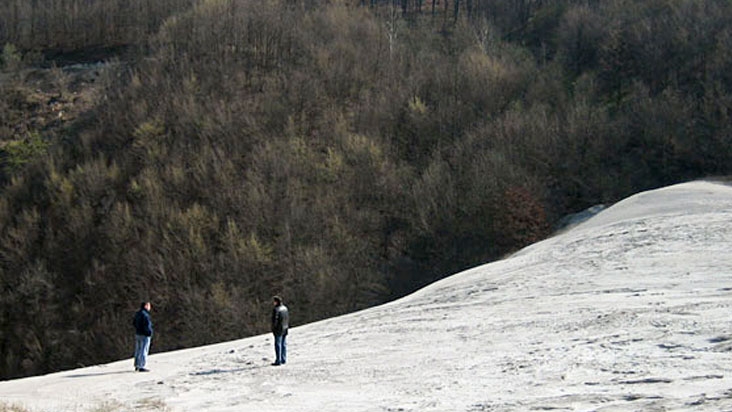The facade of Bucharest's Sector One City Hall is pure neo-Romanian baroque, festooned with pillars and arches and flanked by an imposing tower. The inside is a feat of earthquake proof design and engineering.
The foundation of this massive building where thousands of couples have tied the knot has been reinforced. Hundreds of arches in this beloved landmark built between the two world wars have been fortified with concrete. These are among the techniques deployed to insure that city hall will fare well in a big earthquake. It's not an idle threat. In 1977, a quake measuring 7.2 on the Richter scale killed 1,578 Romanians and destroyed 35,000 buildings, damaging many more. Large red circles painted on many of the capital's buildings after that earthquake notify people that they're unstable and remind them that this urban area of almost two million lies near a fault line.


